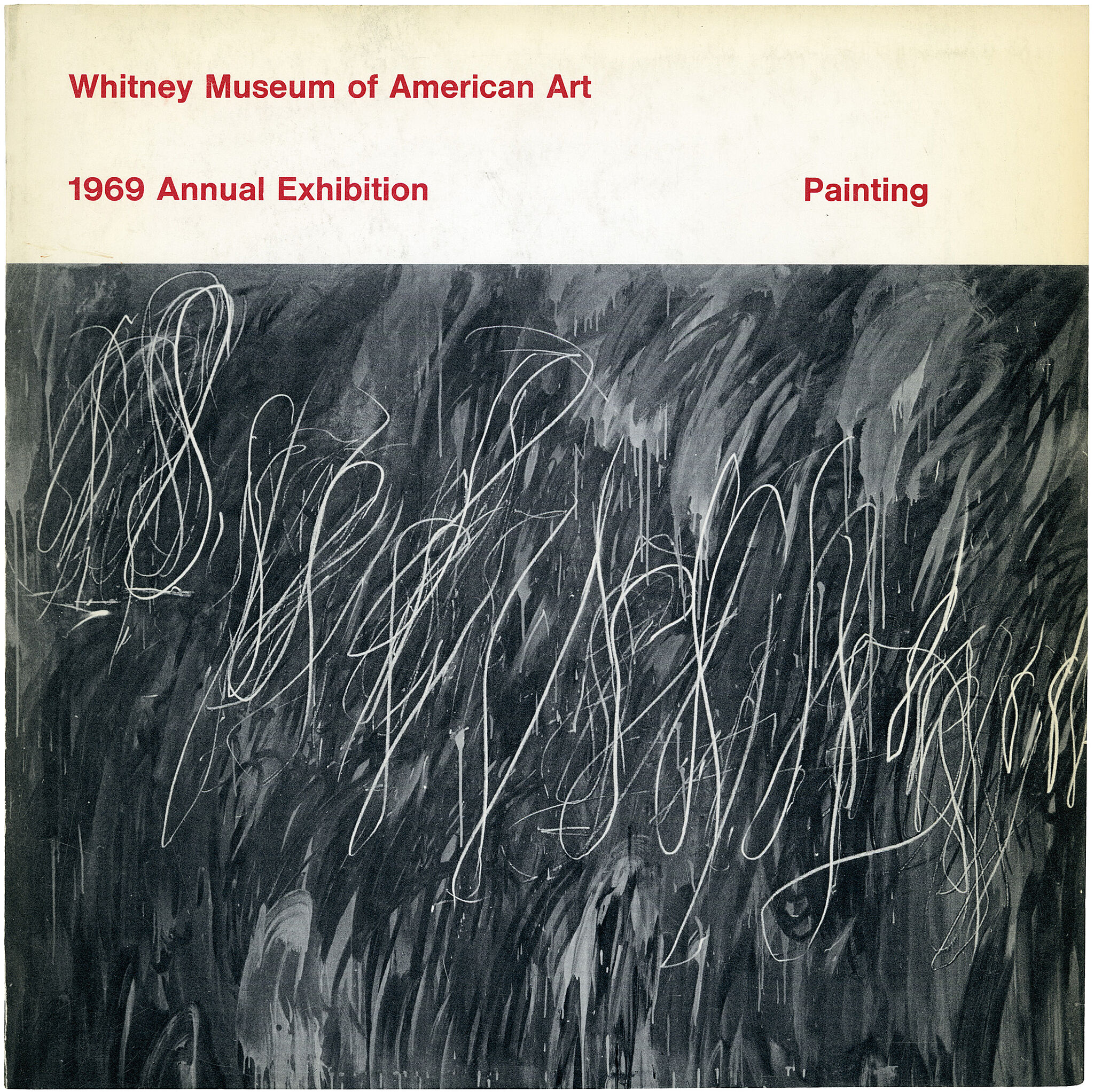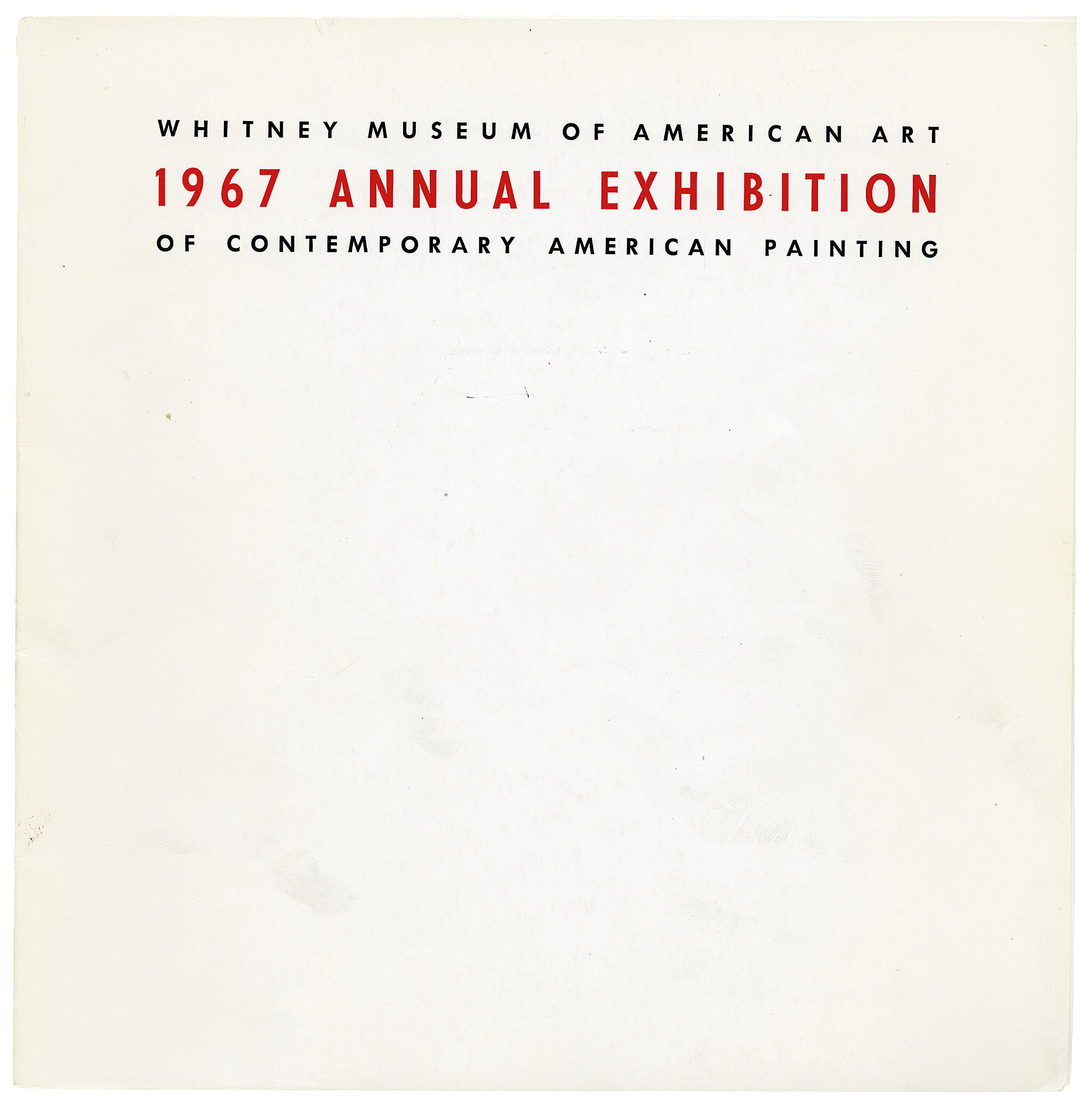John Wesley
1928–2022
Introduction
John Wesley (November 25, 1928 – February 10, 2022) was an American painter, known for idiosyncratic figurative works of eros and humor, rendered in a precise, hard-edged, deadpan style. Wesley's art largely remained true to artistic premises that he established in the 1960s: a comic-strip style of flat shapes, delicate black outline, a limited matte palette of saturated colors, and elegant, pared-down compositions. His characteristic subjects included cavorting nymphs, nudes, infants and animals, pastoral and historical scenes, and 1950s comic strip characters in humorously blasphemous, ambiguous scenarios of forbidden desire, rage or despair.
Early on, art critics categorized Wesley as a Pop artist, due to his appropriation of the visual language and, at times, iconography of popular culture. Later critics, however, regarded him as an art outsider whose work eluded categorization, noting among other things, his psychological plumbing of a (largely male) American unconscious, formal affinities with abstraction, and wide-ranging art-historical borrowings. Artforum's Jenifer Borum described Wesley's work as combining "a Pop vocabulary, a refined Minimal sensibility, and a surrealistic proclivity for uncanny juxtapositions," while Dave Hickey likened him to an eighteenth-century Rococo "fabulist," citing his penchant for erotic narrative.
Wesley's work has been exhibited at the Whitney Museum of American Art, MoMA PS1, Stedelijk Museum Amsterdam, Portikus (Frankfurt), and the Chinati Foundation, among others. It belongs to public art collections including the Museum of Modern Art, Museum of Contemporary Art, Los Angeles, and Whitney Museum. In 1976, he was awarded a Guggenheim Fellowship.
Wikidata identifier
Q1425302
Information from Wikipedia, made available under the Creative Commons Attribution-ShareAlike License . Accessed January 2, 2026.




